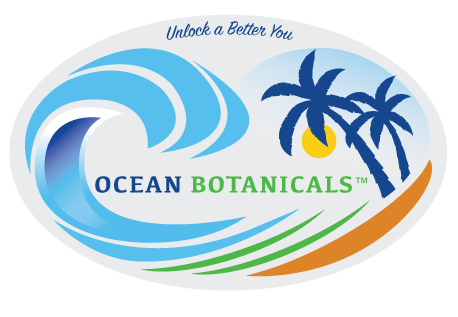
When it comes to sourcing Seamoss, ensuring high quality and sustainable practices is essential. Here's an overview of what such measures entail.
- Sourcing and Quality:
- Seamoss is predominantly sourced from coastal regions, particularly in Ireland and the Caribbean, where it grows abundantly.
- To maintain quality, it is important to source Seamoss from unpolluted waters, away from industrial or high-traffic areas. This makes seamoss from the Caribbean waters ideal as the areas around St Lucia are generally free from industrial waste and contaminants
- Reputable suppliers focus on hand-harvesting methods to minimize damage to the natural habitat and ensure the preservation of the ecosystem.
- Proper handling and processing techniques, including thorough cleaning, drying, and packaging, are essential to maintain the quality and integrity of the Seamoss.
- Sustainability:
- Sustainable sourcing practices involve harvesting Seamoss in a way that allows it to replenish and regenerate naturally.
- Suppliers committed to sustainability often follow guidelines and regulations set by local authorities and environmental organizations to avoid overharvesting and protect marine ecosystems. Again, something that is done in the Caribbean and in particular St. Lucia where the government is regulating the harvesting and sustainability of seamoss
- Sustainable harvesting practices may include rotational harvesting, where only a portion of the Seamoss is collected, allowing the rest to regenerate and sustain biodiversity.
- Organic Certifications:
- Organic certifications ensure that the Seamoss has been grown and processed without the use of synthetic chemicals, pesticides, or harmful additives.
- While organic certifications specific to Seamoss may vary depending on the region, suppliers may obtain certifications such as USDA Organic, EU Organic, or other relevant local organic certifications.
- Certified organic Seamoss provides assurance that it has been cultivated and handled according to specific organic standards.
- Responsibly Harvested Seamoss:
- Responsibly harvested Seamoss refers to the practices that prioritize the long-term health of the marine ecosystem and the communities involved in its collection.
- Responsible harvesters adhere to guidelines and regulations set by local authorities to ensure the sustainability of Seamoss resources.
- They work closely with local communities, respecting their rights and ensuring fair compensation for their labor.
- Responsible harvesting practices also include minimizing environmental impact, such as reducing waste, protecting marine life, and respecting protected areas.
All these practices and standards help ensure that the we have the seamoss resource now and in the distant future.
